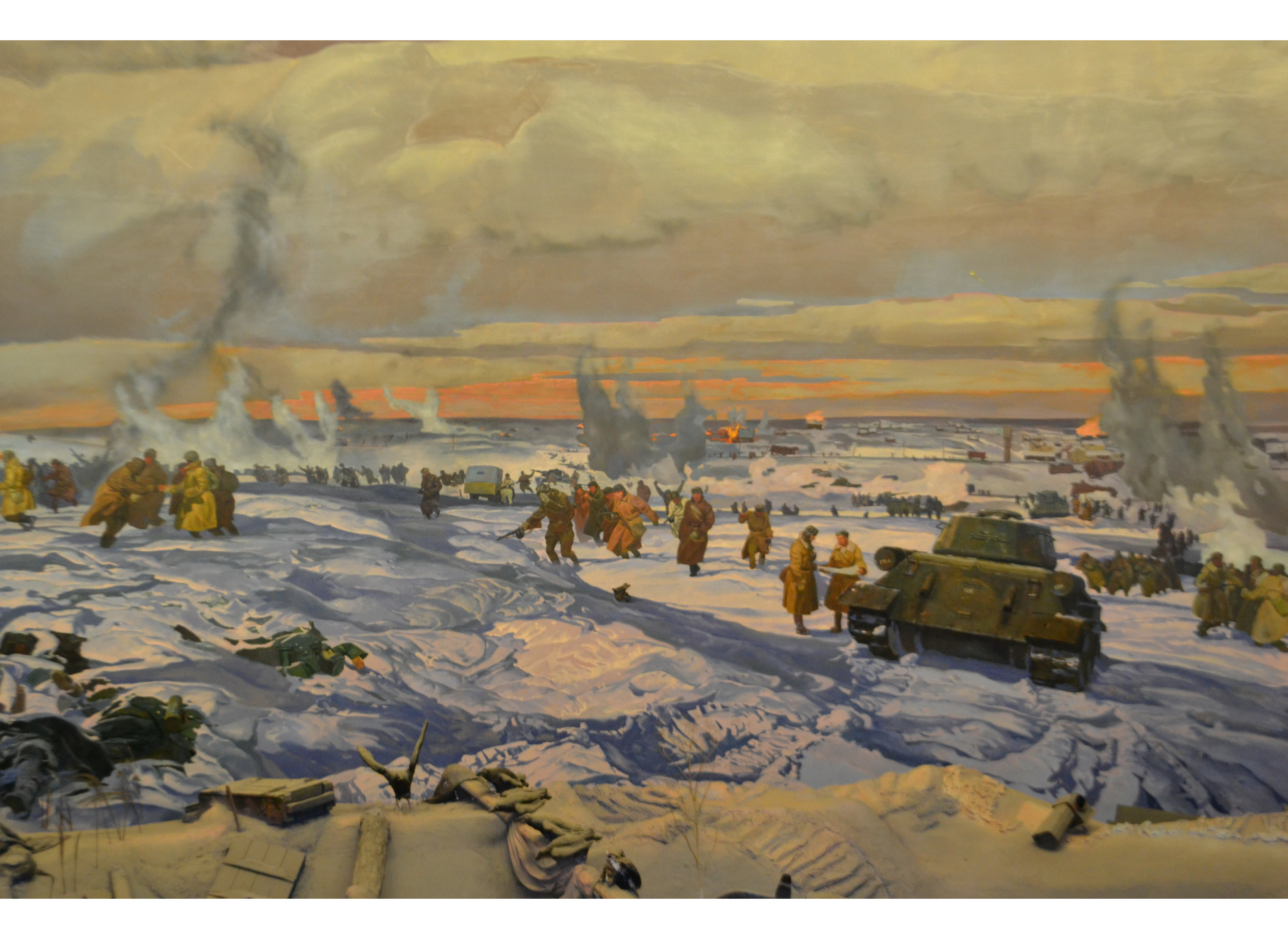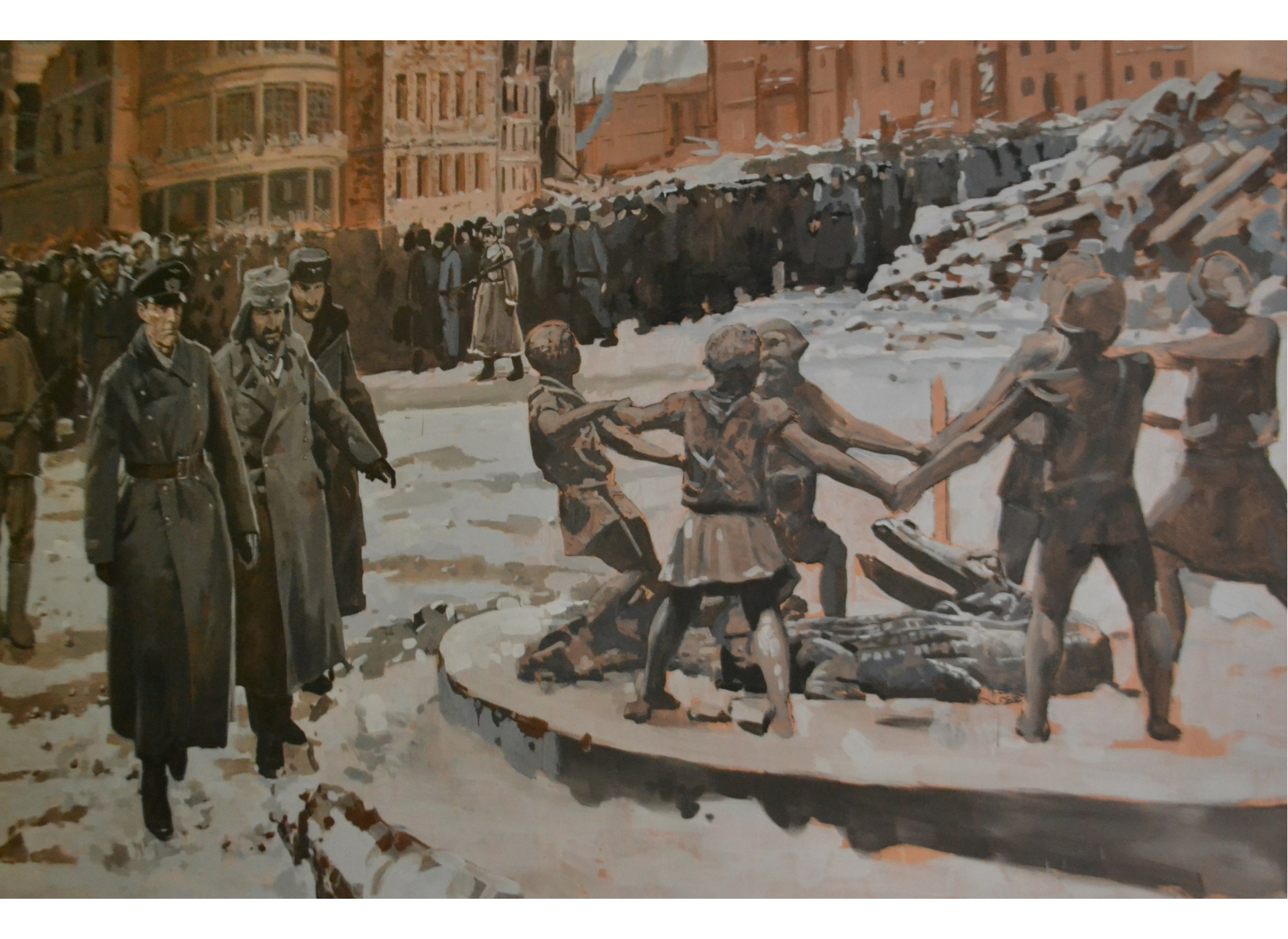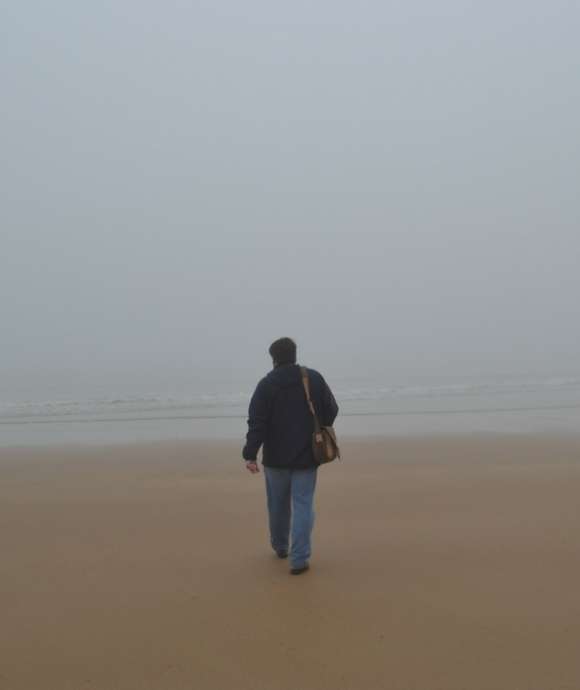The history of the war between Nazi Germany and the Soviet Union in World War II is unfamiliar to many Americans. As a former college professor, I can directly attest that many students today do not know how American military forces were engaged in both Europe and the Pacific at the same time. Unfamiliar names, places, languages, and geography sometimes intimidate people who have an interest in a deeper understanding of the largest war in history. War in foreign theaters such as China, Burma, and India, or across Eastern Europe where an American military presence was minimal or nonexistent, still affected how American and Allied forces fought in other places. But just as many Americans are unfamiliar with their own history, so other nations face the same challenge of communicating their national experiences to citizens who do not know their own histories. And in today’s globalized world, all nations face the challenge of communicating their stories to international visitors, many of whom cannot read text panels written in foreign languages.
In this series of posts, the story of the Nazi-Soviet war as told in dioramas in the museum of the Great Patriotic War in Moscow is laid out for people who will never visit the museum. In the first post introducing the museum, the first diorama of six depicts the beginning of the war and the Battle of Moscow in the winter of 1941, when the Soviets managed to halt the German Wehrmacht outside the Soviet capital city.
The next diorama depicts the epic battle of Stalingrad. Geographically the city hugs the Volga River in a 15-mile-long, north-south crescent. The June 1941 German invasion launched three massive prongs into Soviet territory, and the German army thrusting south reached the banks of the Volga River north of the city on August 23, 1942. What ensued was a massive, desperate battle that leveled the city. Fighting between troops was up close and personal, conducted between obliterated buildings, destroyed factories and railroad terminals, house to house, in cellars, and in the streets. In the city center, the Germans struggled to reach the Volga and divide the city, as the Soviets hung onto strips of the western bank only a few hundred yards from the waterline. If the Germans could take Stalin’s namesake city, they could gain control of the oil fields of Baku in the Caucasus region to the south. (It should be noted by students of history that Adolf Hitler’s meddling in military decisions adversely affected the German fight, but that is beyond the scope of the diorama to portray).
The apex of the battle was Operation Uranus, begun on November 19 under the command of Soviet General Georgy Zhukov, which surrounded the German Sixth Army within days. In the lead image of this post, as dawn lights first appear to begin washing the great storm clouds from the sky, the diorama shows the moment when the pincers of the Soviet forces met and completed the encirclement of an entire German army. No footage of the closing of the pincers actually exists, but the Soviets later filmed a staged version of the meeting which the diorama echoes. A Soviet soldier raises his rifle in euphoria above his head, his arms forming a “V” and symbolizing the moment when not just survival but victory came within grasp.
In another part of the diorama, viewers get a feeling for the sweeping vastness of the battle. It depicts fields of snow, cold and rising smoke, with soldiers and tanks and jeeps visibly moving in excitement, but the fires are far in the background under a narrow streak of blue in the sky, perhaps suggesting that the worst is now behind the Red Army.

The battle was not over. Assured by his air marshal Herman Goering that the German Luftwaffe could still supply the surrounded Sixth Army, Hitler ordered the General Friedrich von Paulus to stand and fight. The Germans might have been able to break out of the ring and retreat to fight another day, but Goering’s promises for airborne relief were hollow. Instead, the quarter-million men inside the Kessel found themselves freezing, starving, and dying. Hitler’s order doomed his own army, and he expected von Paulus to commit suicide. Instead, after approximately 160,000 men of the German Sixth Army had died, 91,000 survivors were surrendered by von Paulus and the Soviets declared victory on February 2, 1943. The vast majority of the German troops disappeared into the Soviet gulag system and perished. Only 5,000 would live to return to Germany in the decade after the war (including General von Paulus).
The surrender of General von Paulus in the Great Patriotic War Museum is depicted in an unforgettable scene in the diorama as the general is led through cold air and dirty snow, with long lines of German Prisoners of War in the background, through the destroyed city. He is passing the Barmaley fountain (the official name is Children’s Khorovod, meaning Round Dance, but the nickname is based upon a story). The Barmaley fountain graced Stalingrad near the railway station during the battle and features statues of six children joyously dancing with hands linked around a smiling crocodile, a symbol of the life-giving Volga River. While to a modern audience crocodiles signify dangerous predators, the fountain is based on a story in which a crocodile devours a fictitious monster (the Barmaley) to defend small children. The original fountain was removed in the 1950s, but two replicas have since gone up in recent years in Volgograd (the modern name of the city), one near the original location.

The battle at Stalingrad was a great victory for the Soviet people, and showcased the complete and utter destruction and brutality they were experiencing at the hands of the Germans. In my view as a historian, it was the great turning point in the war, as I think that had the Soviets lost, a German victory or negotiated peace would have occurred. But that is not how history turned. Instead, the Soviets utterly routed the German forces at Stalingrad and began the first steps on their own long road to Berlin.
Even at the time of this great victory, however, the situation in other parts of the country remained desperate. Nowhere was the situation direr than in Leningrad (formerly St. Petersburg), which will be the subject of my next post.
This is the second post about the Museum of the Great Patriotic War. Read Part One. Part Three. Part Four. Part Five. Part Six. Part Seven. Part Eight.

"No matter one’s age, travel is a unique and exciting educational experience. In my work, I have had the opportunity to reflect on history, events, and people in the places where they experienced life. Through the viewfinder, we can not only find history and perspective, but create memory, and evoke our evergreen past."
– Keith Huxen, PhD, Senior Director of Research and History, The National WWII Museum
Keith Huxen
Keith is the former Senior Director of Research and History in the Institute for the Study of War and Democracy at The National WWII Museum.
Cite this article:
MLA Citation:
APA Citation:
Chicago Style Citation:





![Max Fuchs, New York City cantor, sings as Rabbi Sydney [sic] Lefkowitz, Richmond, VA, conducts the first Jewish services from Germany.](/sites/default/files/styles/max_650x650/public/2025-10/image1.jpg)



